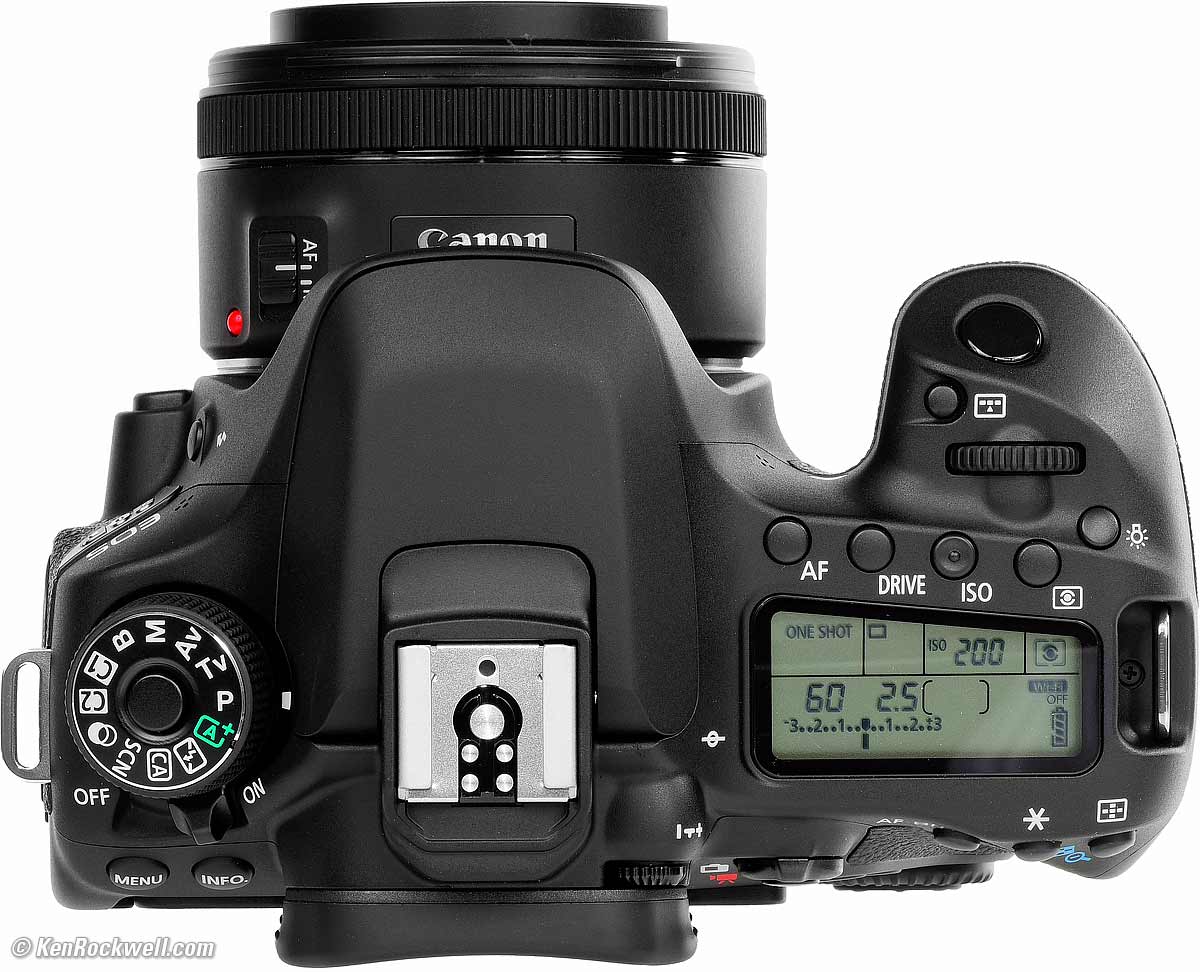

EOS 80D REVIEWS ISO
(At that high ISO, the Canon outperformed it with a lower standard deviation of 3.7 versus 4.) Sony’s A6300 also garnered an Extremely Low rating only at ISO 100, but it maintained a Low or better rating up to ISO 3200, reaching Unacceptable at ISO 25,600 with a 3.6. Nikon’s D7200 kept noise to an Extremely Low rating through ISO 400, earned a Low or better rating up to ISO 1600, and didn’t reach Unacceptable until ISO 25,600.

However, it didn’t suppress noise quite as well as its rivals, for the most part. To its credit, though, the 80D doesn’t become tremendously noisy even at its highest sensitivity.

Above ISO 1600, its noise amplifies more quickly, reaching an Unacceptable rating at ISO 6400. This was the limiting factor in its image quality range. In our noise test using DxO Analyzer 6.1, the 80D earned our highest rating of Extremely Low at its lowest two ISO settings and kept noise to a Low or better rating up to ISO 1600. After that point, resolution drops faster: to 2100 lines at the camera’s top normal sensitivity of ISO 16,0 at the top expanded setting of ISO 25,600. The Canon does a good job of holding its resolving power as sensitivity increases, with 2725 lines at ISO 16 at ISO 6400. This puts it very close to the 2825 lines that both the Nikon D7200 and the Sony A6300 got at the same sensitivity setting. CanonĬapturing 2780 lines per picture height at ISO 100, the 80D easily earned an Excellent rating in our resolution test. Viewfinder Test: Accuracy, 100% (Excellent) Magnification, 0.95X (Excellent). All three of these cameras capture accurate colors far better than the average consumer film ever did. Sony’s A6300 barely beat this with a 7.8, while the Nikon outperformed both with a 6.8. However, neither of these DSLRs extend their Excellent scores up to ISO 3200 as the little Sony A6300 did in last month’s test.Īs most cameras do these days, the 80D aced our color accuracy test with its average Delta E of 7.9, coming in just below our cutoff of 8.0 for top honors in this lower-is-better test. This matches the result that Nikon’s D7200 got when we tested it in our July 2015 issue. As a result, the 80D earned an Excellent rating in overall image quality from its lowest sensitivity of ISO 100 through ISO 1600-two stops further than the 70D. In the Test LabĮven though the 80D has 4 million more pixels than the 70D, Canon managed to keep noise under better control. Interested to find out if its image quality lives up to its impressive specs, we brought the Canon EOS 80D to the Popular Photography Test Lab and then took it out into the real world for field testing. And it sells for $1,199, body only, or $1,549 kitted with an EF-S 18–135mm f/3.5–5.6 IS USM lens. Shutter speeds as fast as 1/8000 sec and sensitivity up to ISO 25,600 help tackle challenging shooting environments, while the 63-zone, 7,560-pixel metering system helps you get a proper exposure. In this case, you get enough resolving power to make prints larger than 11×14 inches fast bursts of 7 frames per second for up to 110 large, fine JPEGs or 25 RAW frames before the buffer fills and a 45-point phase-detect autofocus system as well as Canon’s innovative Dual Pixel CMOS AF for live view and video shooting.
EOS 80D REVIEWS PRO
If you’re not a pro photographer or would rather avoid the expense of a full-frame camera, a model such as Canon’s EOS 80D, with a 24.2MP APS-C-sized CMOS sensor, represents one of the best combinations of performance versus cost.


 0 kommentar(er)
0 kommentar(er)
